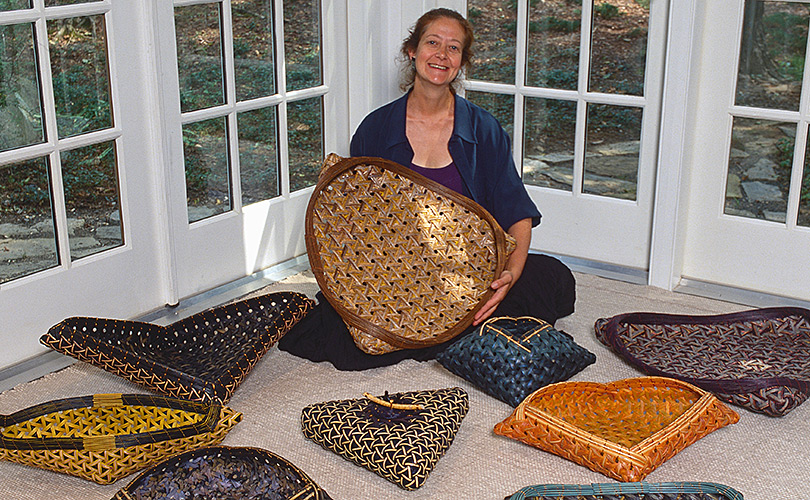
We were so sorry to learn about the death of artist Maggie Henton in August 2024. We have been exhibiting Henton’s work since our exhibition, The British Invasion: Maggie Henton and Dail Behennah in 1994. That event featured Henton’s meticulously constructed baskets of wire and colorful cane. Their weave patterns were developed from the study of Southeast Asian weaving techniques, and reflected her interest in rhythm, form, and the interaction between layers of pattern. Henton attended the opening of The British Invasion in Wilton, Connecticut meeting many collectors who were excited by her work.
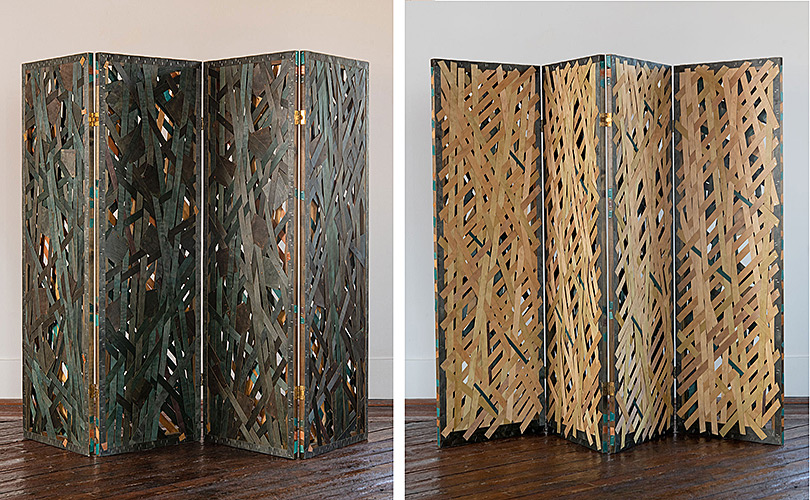
Born in 1953, Henton studied basketmaking at the London College of Furniture. Henton’s work involved more than creating baskets and objects of wood, however, it also included drawing, stitch, printmaking, photography, video, and installation. Much of Henton’s practice is developed in response to specific sites. She was interested in quality of place, and in how places are constructed and inhabited. These interests led her to complete an MA in Architecture and Spatial Culture.
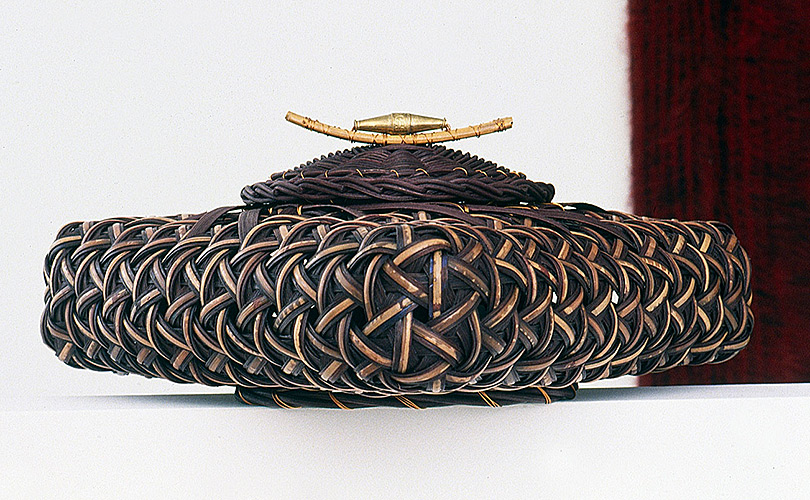
“Work is usually made in response to a specific location,” she said. “The forms the work take reflect the particularities of the site. Pieces included installations, photography, print, stitched and drawing series. Working in this way provided the stimulus for the development of new ideas, whilst the apparent restrictions (of working on site (and often out of a suitcase) are a creative challenge and a prompt to think beyond my comfort zone. I have worked at sites in various locations in Europe and extensively in Australia.”
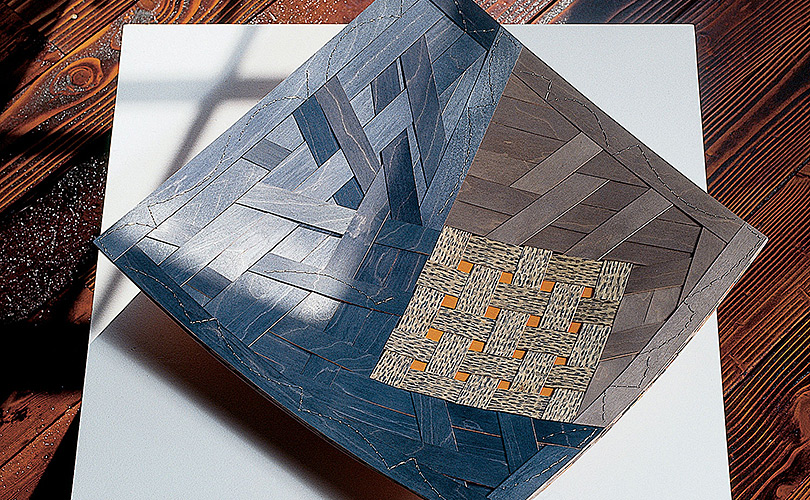
In recent years, Henton made work in response to museum collections, (including Hasting Museum in 2018); and textile mill buildings and their history (Sunnybank Mill in 2019). During 2020 she researched the 18th and 19th century textile trade and its legacy of mill buildings in Lancashire. Much of this work focused on investigations into the legacies of Empire, including a project concerning poverty and disease in Victorian London.
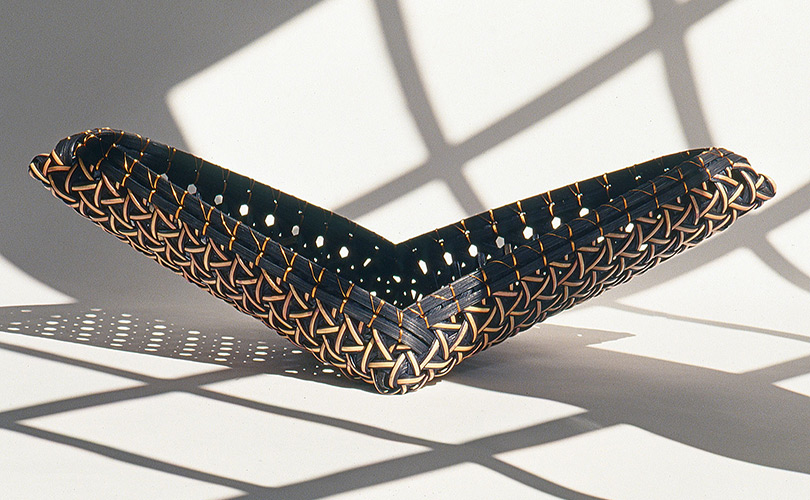
In reviewing Henton’s legacy upon her death, artist Caroline Bartlett wrote, “I have found there a lifetime’s work from basketry and wood-based pieces to textile works and combinations of stitch and print, all executed with such integrity and based on thorough research of content and material.”
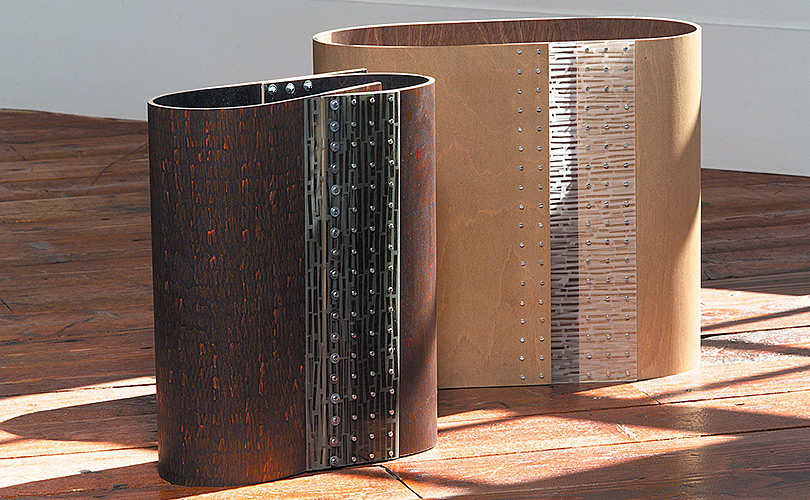
Henton’s work is found in a number of public collections include that of the Victoria & Albert Museum, London, UK; American Craft Museum, New York, New York; Museum of Fine Arts, Houston, Texas; Charles A. Wustum Museum of Fine Art, Racine, Wisconsin; Ulster Museum, Ireland; Negenoord Maaspark, Belgium; Crafts Council, London, UK; Contemporary Arts Society, UK; Calderdale Museums, Halifax, UK; Shipley Art Gallery, UK; Leicester City Art Gallery, UK; Zoology Museum, Cambridge, UK; Bankfield Museum, Halifax, UK; the Welbeck Estate, Nottinghamshire, UK; Platt Hall Costume Museum, Manchester, UK; and Shoreditch Town Hall, UK.
